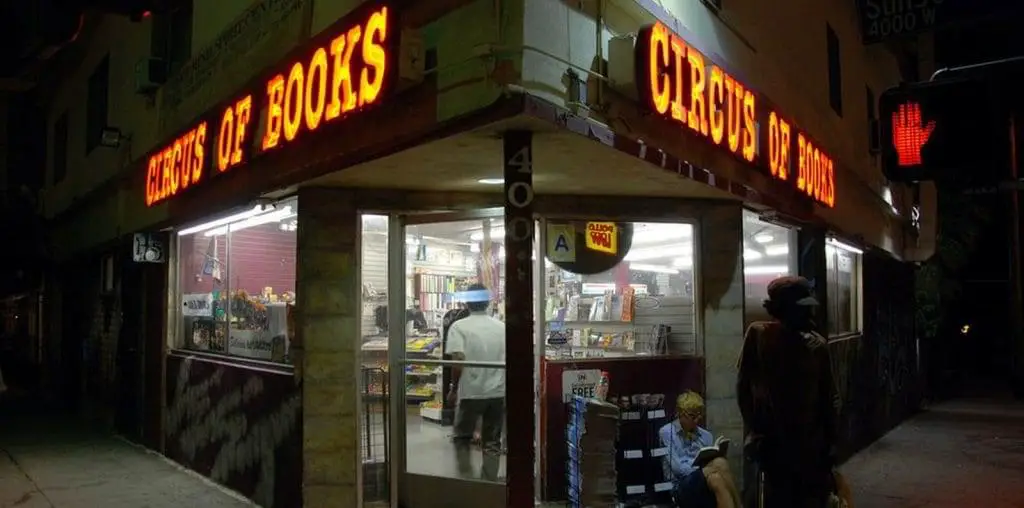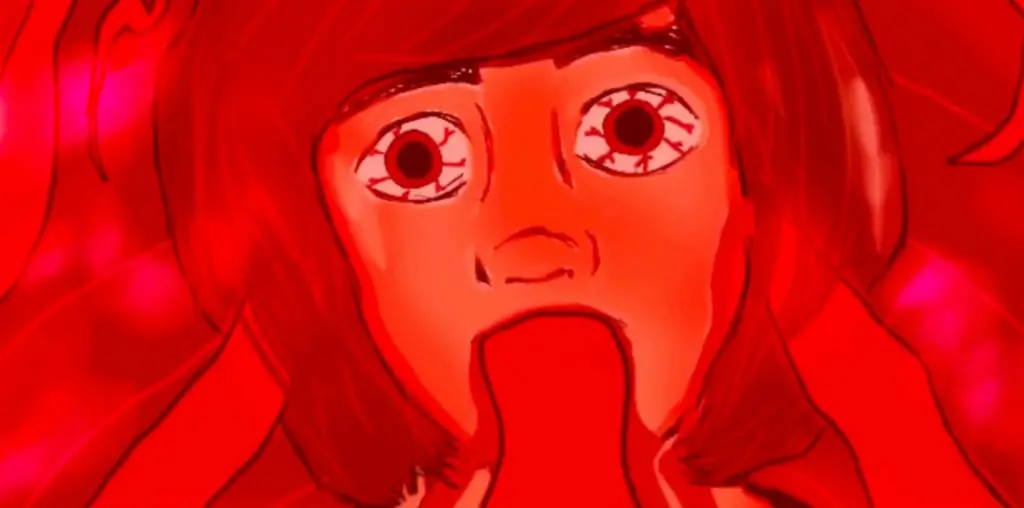
Welcome to 1941. It’s been a year since the time-traveling Pevensie siblings returned to our world after defeating the White Queen (as chronicled in “The Lion, the Witch, and the Wardrobe”). Life in dull old wartime London isn’t sitting well with the kids; Susan (Anna Popplewell) is forced to rebuff the advances of stammering nerds, while Peter (William Moseley) and Edmund (Skandar Keynes) duke it out with their peers, all of whom are oblivious to the royalty walking in their midst. Even Lucy finds herself pining for Narnia, but the wardrobe is a long way away for a bunch of children living in a country under wartime travel restrictions.
Enter Prince Caspian (Ben Barnes), the tenth of his name and rightful heir to the throne of the Telmarines, a race of bearded men who invaded Narnia after the Pevensies left. Caspian’s on the run from his evil uncle Miraz (no relation to the annoying singer) who, having just sired a son of his own, no longer needs to pretend he’s cool with his nephew being king. In a fit of panic, Caspian blows Susan’s horn (though he was told by his mentor, Dr. Cornelius, not to use except in great need). As a result, the Pevensie kids are transported back to Narnia, where they discover that not only have a thousand years passed there since their departure, but the Telmarines have driven their talking animal friends, as well as the other whimsical denizens of that world, into hiding.
“Prince Caspian” is a mostly innocuous affair by modern fantasy standards. The effects budget was obviously ratcheted up following “Wardrobe’s” success, and taking a cue from the “Lord of the Rings” movies, the battle scenes are much more prominent, even if the melees themselves remain about as bloody as a fight between Alexis and Krystal on “Dynasty.”
In fact, Lewis and Tolkien have been linked in the minds of fantasy enthusiasts for so long that the release of movies based upon their respective works within a decade of each other seems more of an inevitability than anything else. Yet the Narnia movies owe not just their existence to the success of the “Rings” trilogy, but also a great deal of their visual inspiration. One only need compare “Caspian’s” final battle with the crossing of the Ford of Rivendell or the dismantling of Isengard from “LotR,” where trees and rivers come to life to join the pasty Pevensies in smiting the bad guys.
Which raises another issue, for while Lewis’ enthusiastic Christianity is less apparent in this film (though Aslan is still annoyingly pious, doling out character’s fates based on how convincingly they demonstrate their faith… in him) there’s a not-so-subtle undercurrent of the White Man’s Burden in these stories. Narnian folk are either bestial (centaurs, minotaurs) or coarse (dwarves), unable to work themselves into fighting shape until the ofay monarchy shows up. Once this happens, the badgers and Hottentots gleefully march off to their slaughter. In Narnia, it seems, the only beings that die are either furry or swarthy.
And I wouldn’t be surprised if Miraz’s uncanny resemblance to “300’s” Leonidas wasn’t a result of Disney trying to assuage their fanbase by virtually punishing the Spartans (and Warner Bros.) for their love of “false” gods.
Like its predecessor, the movie will score high marks with the younger crowd. From the antiseptic violence to Andrew “Shrek” Adamson’s skill at directing computer-animated critters (swashbuckling mouse Reepicheep – voiced by Eddie Izzard – is rodent doppelganger to Puss n’ Boots), “Prince Caspian” is serviceable fare for those who don’t expect much. And while the New Zealand locales are still breathtaking, they only serve as a backdrop for the by-the-numbers story playing out within. I can’t condemn it outright, but damned if I can remember anything (aside from Izzard’s performance) that would make me recommend it.

